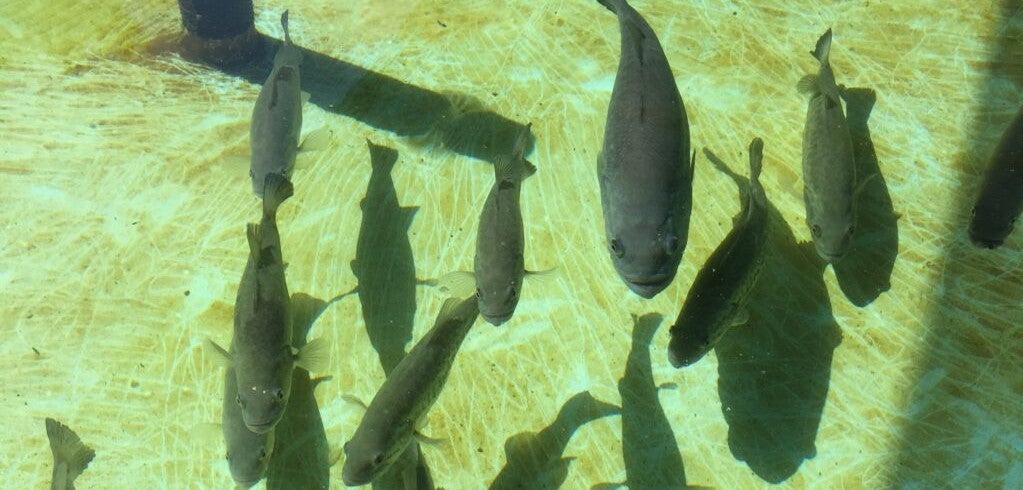Authors: Dr. Alexandra McInturf and Dr. Ken Zillig
In the wild, Chinook salmon populations fare poorly when temperatures get warmer, however under laboratory conditions juvenile Chinook salmon appear quite robust. A possible explanation for this discrepancy are biotic pressures (e.g. disease, predation, competition) that exist in the wild, but not in the lab. Ken Zillig and Alex McInturf collaborated on a project to determine the role of temperature in structuring trophic interactions between Chinook salmon and piscine predators abundant in California’s ecosystems.
They hypothesized that as temperatures warmed juvenile salmon would experience different thermal advantages or disadvantages in metabolic and swimming capacity relative to largemouth bass, a warm-water predator or rainbow trout, a cold-water predator. Across a thermal gradient (10-25°C) Alex and Ken collected physiological and behavioral data on both species of predator and juvenile salmon and then observed predatory interactions under those same thermal conditions.

Their results indicated that largemouth bass do indeed become more predatory as temperatures warm, and this increase in predatory efficacy may be due to increasing bass burst swim performance paired with decreasing burst performance among juvenile salmon. (in review). Furthermore, temperatures that led to increasing salmon disadvantage mirror results quantifying predation events upon juvenile salmon in field settings.
Their results indicate that keeping rivers and waterways cold may be an effective strategy at disadvantaging salmon predators and increasing successful salmon outmigration.
